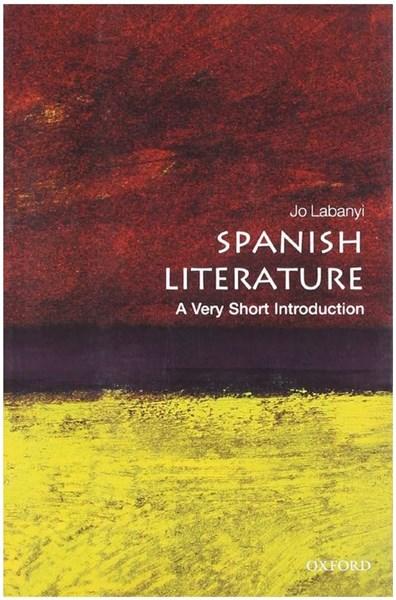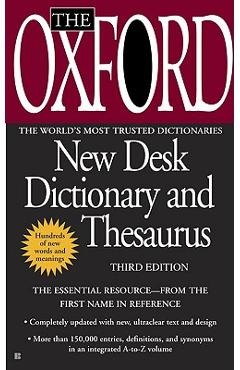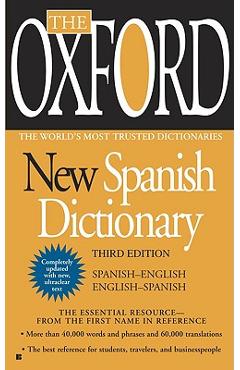Spanish Literature: A Very Short Introduction | Jo Labanyi

Detalii Spanish Literature: A Very Short
carturesti.ro
37 Lei
Carte straina
Oxford University Press
Spanish Literature: A Very Short - Disponibil la carturesti.ro
Pe YEO găsești Spanish Literature: A Very Short de la Oxford University Press, în categoria Carte straina.
Indiferent de nevoile tale, Spanish Literature: A Very Short Introduction | Jo Labanyi din categoria Carte straina îți poate aduce un echilibru perfect între calitate și preț, cu avantaje practice și moderne.
Caracteristici și Avantaje ale produsului Spanish Literature: A Very Short
- Departament: gaming-carti-birotica
- Ideal pentru pasionații de jocuri, birotică și distracție online.
Preț: 37 Lei
Caracteristicile produsului Spanish Literature: A Very Short
- Brand: Oxford University Press
- Categoria: Carte straina
- Magazin: carturesti.ro
- Ultima actualizare: 27-10-2025 01:24:43
Comandă Spanish Literature: A Very Short Online, Simplu și Rapid
Prin intermediul platformei YEO, poți comanda Spanish Literature: A Very Short de la carturesti.ro rapid și în siguranță. Bucură-te de o experiență de cumpărături online optimizată și descoperă cele mai bune oferte actualizate constant.
Descriere magazin:
Spanish literature has given the world the figures of Don Quixote and Don Juan, and is responsible for the \'invention\' of the novel in the 16th century. The medieval period produced literature in Castilian, Catalan, Galician, Latin, Arabic, and Hebrew, and today there is a flourishing literature in Catalan, Galician, and Basque as well as in Castilian-the language that has became known as \'Spanish\'. A multilayered history of exile has produced a transnational literary production, while writers in Spain have engaged with European cultural trends. This Very Short Introduction explores this rich literary history, which resonates with contemporary debates on transnationalism and cultural diversity. The book introduces a general readership to the ways in which Spanish literature has been read, in and outside Spain, explaining misconceptions, outlining the insights of recent scholarship and suggesting new readings. It highlights the precocious modernity of much early modern Spanish literature, and shows how the gap between modern ideas and social reality stimulated creative literary responses in subsequent periods; as well as how contemporary writers have adjusted to Spain\'s recent accelerated modernization.

Produse asemănătoare

Oxford Literature Companions: Como agua para chocolate: study guide for AS/A Level Spanish set text, Paperback/Lorenzo Moya Morallon
![]() elefant.ro
elefant.ro
Actualizat in 28/10/2025
79.99 Lei

Modern Languages Study Guides: Como agua para chocolate. Literature Study Guide for AS/A-level Spanish, Paperback/Mike Thacker
![]() elefant.ro
elefant.ro
Actualizat in 27/10/2025
108.99 Lei

Spanish Literature: A Very Short Introduction, Paperback/Jo Labanyi
![]() elefant.ro
elefant.ro
Actualizat in 27/10/2025
72.99 Lei

Spanish Literature: A Very Short Introduction | Jo Labanyi
![]() carturesti.ro
carturesti.ro
Actualizat in 27/10/2025
37 Lei

Modern Languages Study Guides: Cronica de una muerte anunciada. Literature Study Guide for AS/A-level Spanish, Paperback/Mike Thacker
![]() elefant.ro
elefant.ro
Actualizat in 26/10/2025
108.99 Lei

Oxford Literature Companions: La casa de Bernarda Alba: study guide for AS/A Level Spanish set text, Paperback/Lorenzo Moya Morallon
![]() elefant.ro
elefant.ro
Actualizat in 26/10/2025
79.99 Lei
Produse marca Oxford University Press

The Oxford New Desk Dictionary and Thesaurus - Oxford University Press
![]() libris.ro
libris.ro
Actualizat in 28/10/2025
55.75 Lei

The Oxford New Spanish Dictionary: Third Edition - Oxford University Press
![]() libris.ro
libris.ro
Actualizat in 28/10/2025
50.17 Lei

Pocket Oxford American Dictionary - Oxford University Press
![]() libris.ro
libris.ro
Actualizat in 28/10/2025
77.84 Lei

The Oxford New Portuguese Dictionary: Portuguese-English, English-Portuguese - Oxford University Press
![]() libris.ro
libris.ro
Actualizat in 28/10/2025
50.17 Lei

Oxford American Large Print Dictionary - Oxford University Press
![]() libris.ro
libris.ro
Actualizat in 28/10/2025
150.38 Lei

Catholic Bible-RSV-Large Print - Oxford University Press
![]() libris.ro
libris.ro
Actualizat in 28/10/2025
318.06 Lei